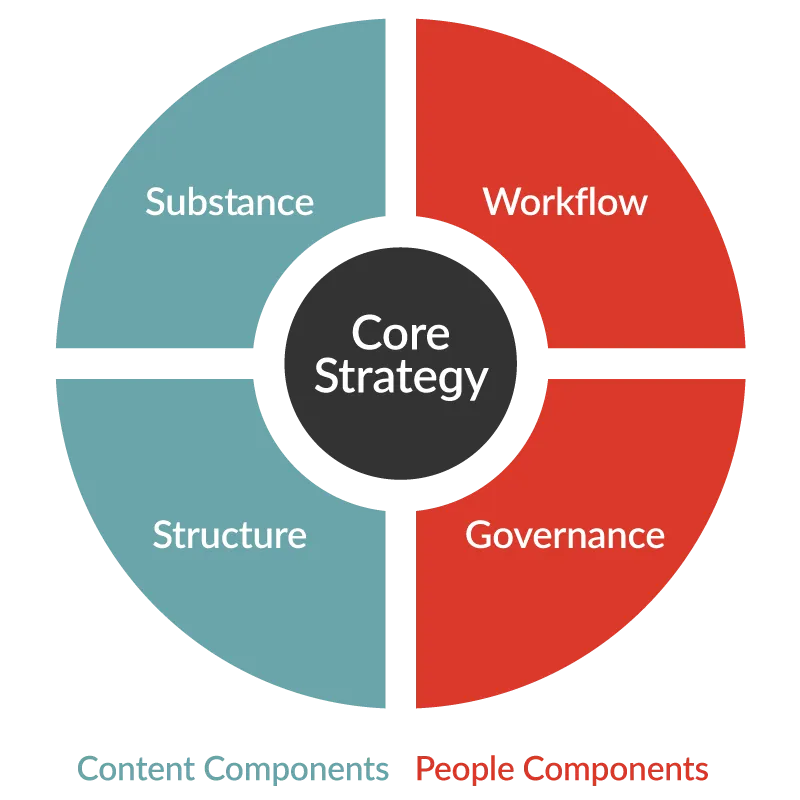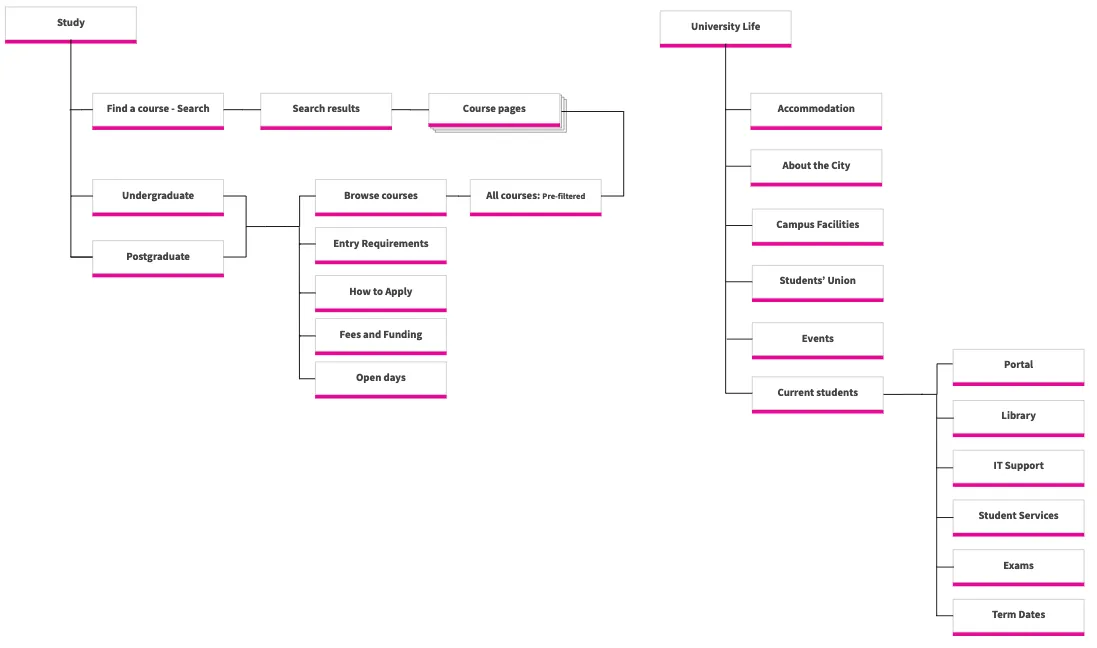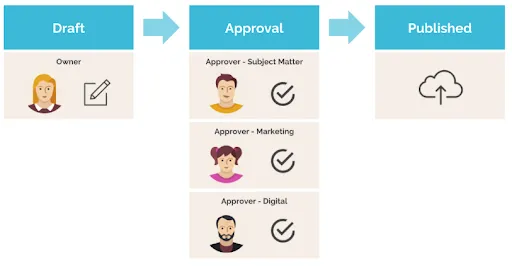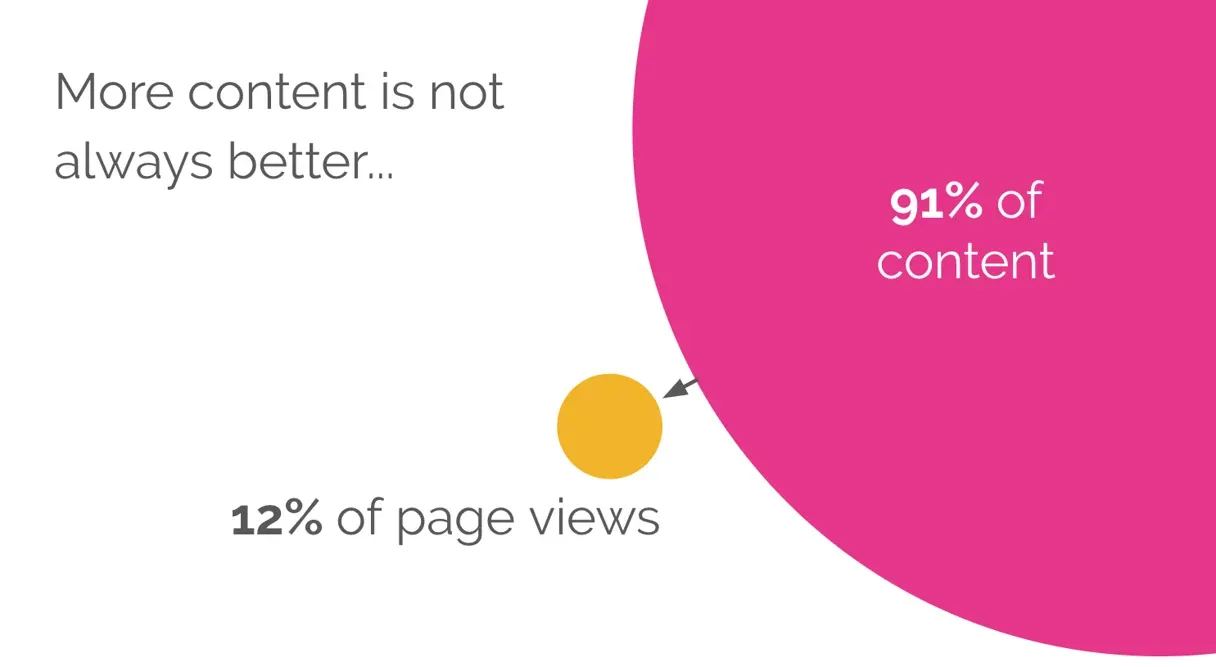University websites host a vast quantity of content, aimed at a diverse audience. Higher education (HE) institutions are huge organisations, often operating as isolated departments or faculties. We have seen how this organisational structure can disrupt clear communication between a university and its students online.
As competition grows within the HE sector, nationally, internationally and online, applicants are becoming more and more discerning. Increasingly, universities are pressured to quantify the value of studying in terms of employment and return on investment. In their report on ‘Future-proofing the University’, KPMG highlights the challenge of meeting ‘the needs of students, communities and taxpayers, both now and in the future’. What’s more, with ever-evolving regulations to comply with and an uncertain political and economic climate, universities are in a unique state of flux.
Working within such a volatile context, higher education institutions must embrace efficient working practices wherever possible and find a way to stand out from the noise. A clear Content Strategy helps to achieve just that.
Here I’ll outline our process for developing a university Content Strategy, including some tips, tricks and insights from our expert content team.





